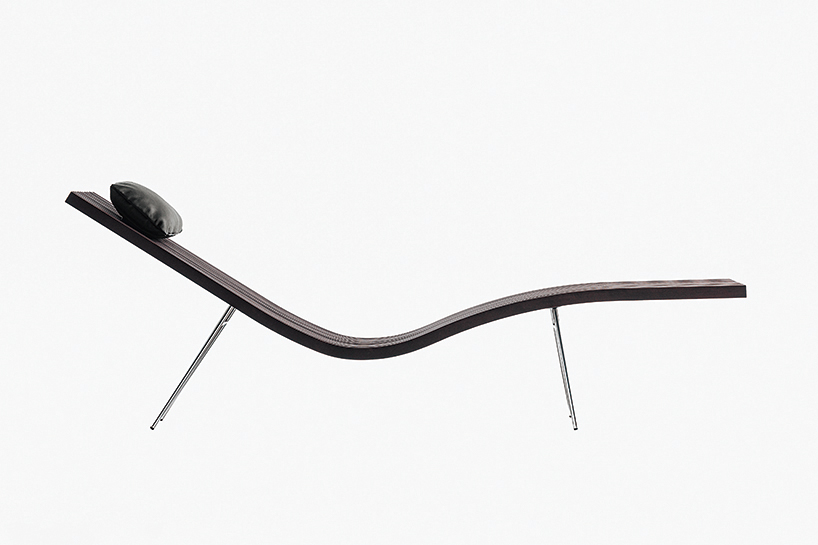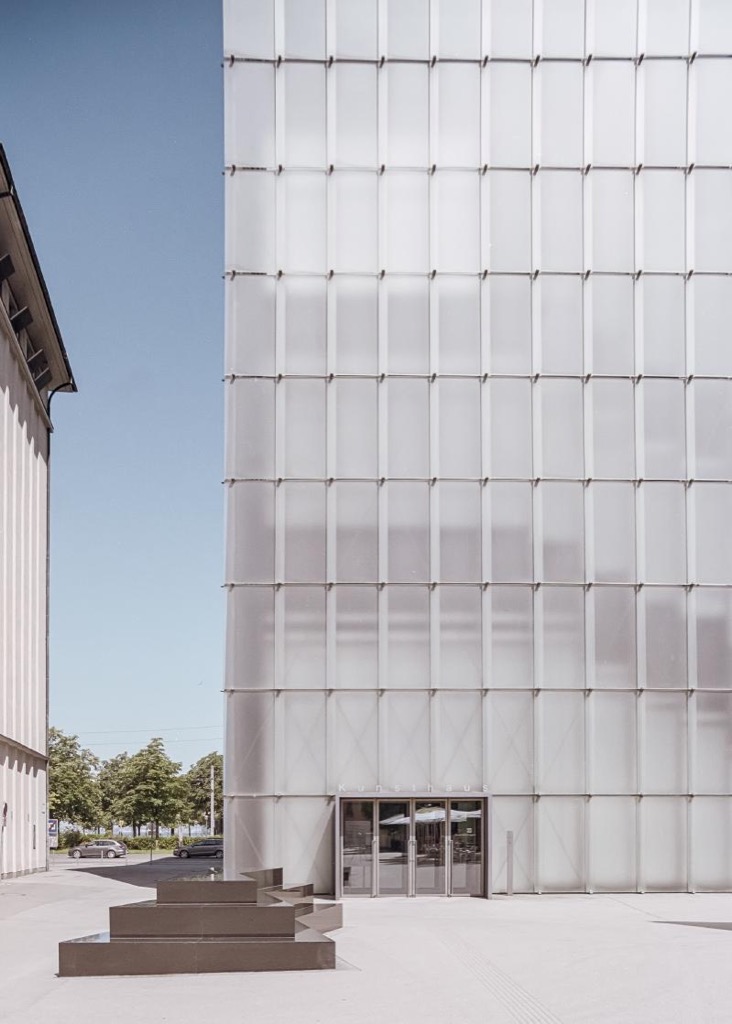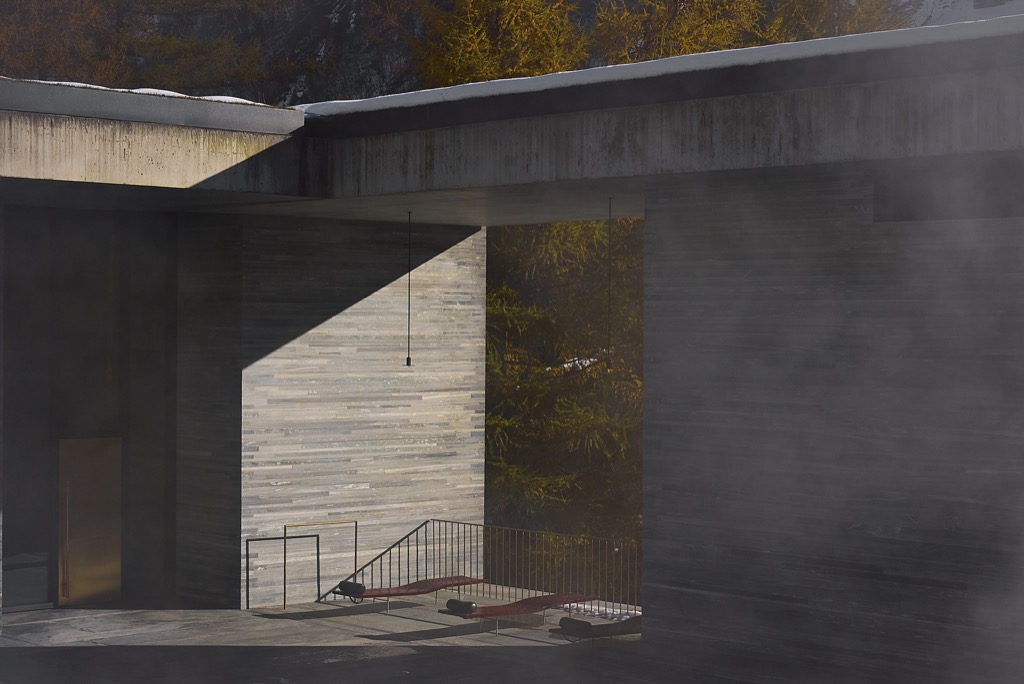Architectural Poetry

Text by Pamara Chavanothai
There is no mentioning Switzerland without its architectural titans. One of the most revered in our century is the 2009 Pritzker Architecture Prize laureate, Peter Zumthor, who’s known for his pure, unadorned structures which are noted as timeless and poetic.
Inspired by phenomenology, a theory that believes in experiences consciously perceived through the five senses, Zumthor conceives spaces in search of a sensuous atmosphere unique to a particular locus, while maintaining a minimalist, harmonious feel.

A son of a master joiner, Zumthor trained as a cabinetmaker when he was a teenager. After studying architecture in his native Basel and New York, he worked as a conservation architect. A keen observer, Zumthor’s experience in the field nurtured a delicate understanding of structure, which he compellingly illustrated in a commission of the Therme Vals in 1996 and Kunsthaus Bregenz in 1997, two very different projects that put him at the forefront of architectural minimalism.
At the Therme Vals, the quarry-like building of concrete and layered Valser quartzite slabs merges with nature. The verdant hill roofs the hotel’s dimly lit interior, shaped by a series of clean rectangular forms. Large openings invite natural light and frame the dramatic view of the Alps. Zumthor was meticulous in creating the thermal bath. Each element — materials, water temperature, light and shadow — was purposeful in creating an atmosphere of silent rhythm and a deep sense of relaxation.
For Kunsthaus Bregenz, the cubic museum sits on an open urban space near the lakeshore. Made of steel, glass and polished stone-cast concrete, Zumthor offered a technically rational solution that also works visually. Exterior tiles of etched glass absorb the changing light of the sky and emit a velvety glow like a lamp at night. The tiles also refract light that enters the building. All piping electrical systems were placed into the concrete during construction.

Another masterpiece worth noting is Kolumba, an art museum located on the World War II ruins of St. Kolumba church, where the new structure seamlessly unites with the old remains. It houses the excavation, a medieval courtyard and exhibition rooms enveloped in reduced materials of brick, mortar, plaster, terrazzo and different species of wood. Kolumba is a serious yet serene dialogue between past and present.
As Paul Goldberger wrote in a 2001 issue of Vanity Fair, “All of his architecture has the qualities a great cabinetmaker brings to his work: it is precise, and its glory lies in the perfection of its details and in the excellence of materials.” Zumthor’s works have a reverberating influence on the industry and more importantly on how it makes us feel — a truly meaningful architecture of place and experience.
For every project, Zumthor designed furniture as part of its architecture. An accumulation of over fifty years, the furniture selection is now reconstituted in a collection produced by the Tokyo-based contemporary brand Time & Style. Using original techniques and Japanese materials, each piece is an authentic fragment of Zumthor’s work built with the finest craftsmanship.
Indeed, Peter Zumthor’s architectural poetry is a testament to the profound marriage of design, detail and dedication. It’s a symphony of space and structure, echoing through time, awaiting the world’s continued admiration.

This article appears in Winter 2023 issue of Chanintr Living Download full issue
Or explore the entire library Visit the Chanintr Living Archive

